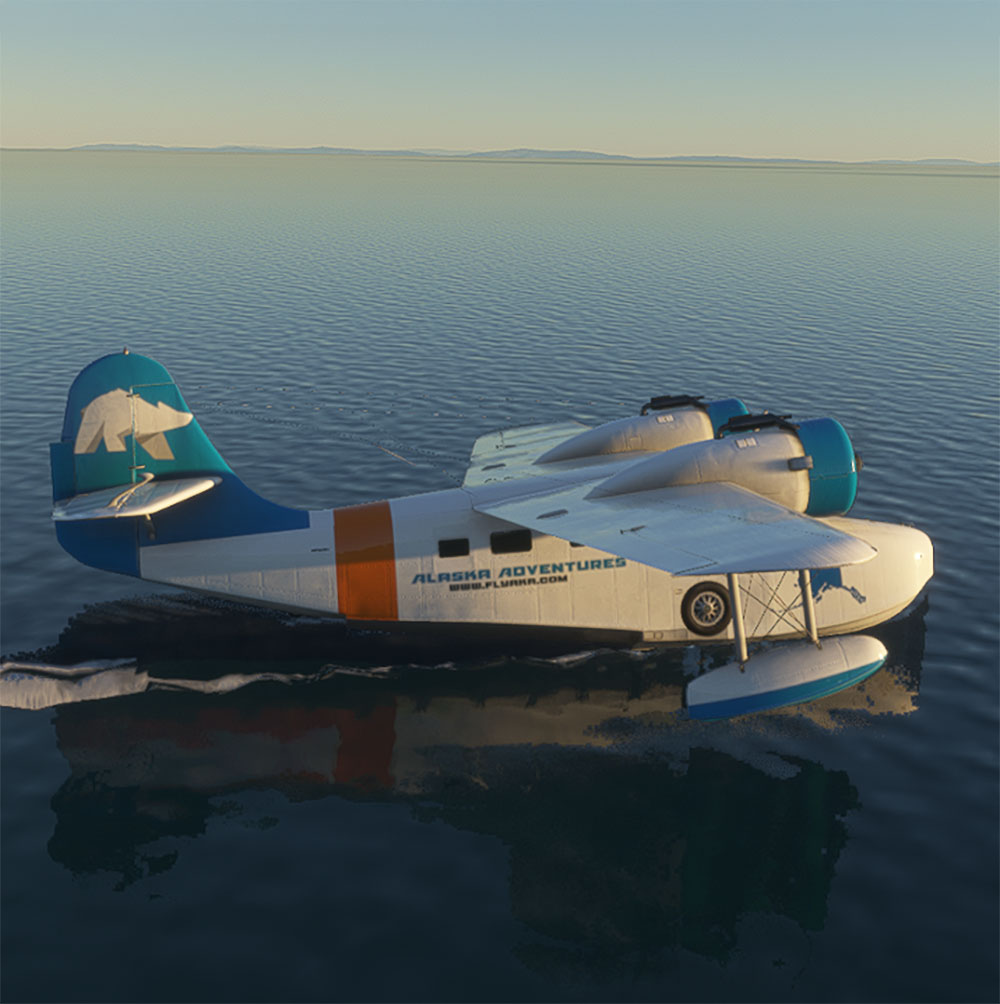Beechcraft Super King Air

Aircraft Description
The Beechcraft Super King Air family is part of a line of twin-turboprop aircraft produced by Beechcraft. The Model 200 and Model 300 series were originally marketed as the "Super King Air" family; the "Super" designation was dropped in 1996. They form the King Air line together with the King Air Model 90 and 100 series.
Beechcraft currently offers the 250 (design. B200GT) and the larger 350i (B300) models. The 350ER (B300CER) is available to government, military and commercial customers for special mission operations such as aerial survey, air ambulance, flight inspection and surveillance. The Beechcraft 1900 regional airliner was derived from the Model B200 King Air.
The Super King Air family has been in continuous production since 1974, the longest production run of any civilian turboprop aircraft in its class. It outlasted all of its previous competitors, and even its intended replacement, the Model 2000 Starship. The only other pressurized multiengine turboprop utility aircraft now in production is the Piaggio P.180 Avanti.
The 200 series proved so popular that Beechcraft began work on a successor, with the Beechcraft designation Model 300 and marketed as the "Super King Air 300". The B200's airframe was "cleaned up" and more powerful engines (PT6A-60A, rated at 1,050 shp (780 kW)) were installed in redesigned cowlings (known as "pitot cowlings" due to the reshaped engine air intakes), with MTOW increased to 14,000 lb (6,400 kg). A Model 200 (c/no. BB-343) was modified to develop the updated systems to be used on the new model and flew in this configuration on October 6, 1981. The first flight of the prototype Model 300 took place on September 3, 1983 and deliveries commenced the following year. Because not all nations would then allow an aircraft of this type[specify] to be certified at an MTOW greater than 12,500 lb (5,700 kg), the Model 300LW was also developed at the same time, limited to the lower MTOW. Nineteen examples of a special version of the Model 300 were delivered to the FAA in 1987 and 1988. The first two were conversions of standard Model 300s, while the remaining 17 were purpose-built; since they were delivered the FAA has used the fleet to check the extensive network of navaids in the United States. 200 and 300 Series King Airs have been used for similar duties in several other countries or regions, including Australia, Germany, Hong Kong (a B200C used for navaid calibration was the first aircraft to land at the then-new Chek Lap Kok Airport in 1996[22]), Norway, Sweden and Taiwan.
In October 2008, Beechcraft announced updated versions of the B300 series, the King Air 350i, with improvements to the passenger cabin. The manufacturer claims that the noise level and overall comfort of the King Air 350i, 350iER, 350iC and 350iCER are now competitive with those of light jets. The cabin of the B300 series has been updated with controllers in the passenger seat armrests that dim the LED lights, darken the windows and control an iPod dock and a high-definition video monitor. The cabin also includes Universal Serial Bus (USB) ports, AC electrical receptacles and fold-out tables for each passenger in the eight seats fitted. Deliveries commenced in December 2009.




